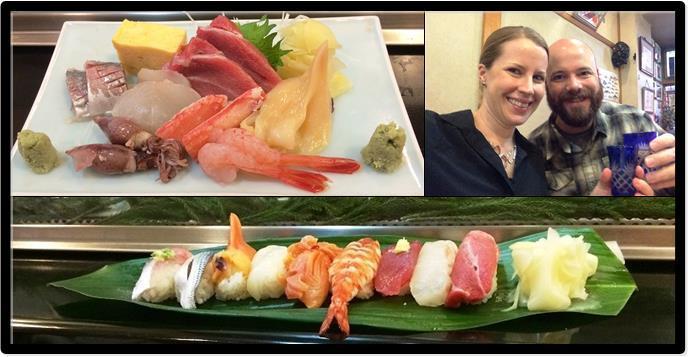SUMO!
 DINKS Travel
DINKS Travel
Sumo wrestling is Japan's national sport, dating back 1,500 years. Sumo is also more than just a sport, it's an art form presenting pageantry, showmanship, and to put the cherry on the top, it's beyond entertaining to watch.
Before we booked our flight to Japan we had already purchased tickets to see "opening day" of the Grand Sumo Ryogoku Kokugkikan tournament, which is supposed to be one of the busiest tournament days of the two week event. When we arrived, we scoped out our surroundings and then decided to sit down with our fellow spectators for a bowl of chanko stew made of vegetables, meat and potatoes. Sumo wrestlers eat this meal to "beef up" and we thoroughly enjoyed these fortifying bowls of hearty deliciousness.
Once we had our fill, we strolled to our seats to catch the Jyuryo bouts. These wresters are considered sumo professionals, but have not obtained the status of Makuuchi or the top division yet. Sumo wrestlers come in various shapes and sizes, so the matches are entertaining and we tried to guess who would win each bout. Jenn based her selection on the flexibility demonstrated by each wrestler during their pre-match stretching. Often the smaller wrestlers won, literally demonstrating the concept that the bigger they are, the harder they fall.
After the Jyuryo bouts, there is a brief break where the Makuuchi Entrance occurs during which the top division sumo wrestlers enter the ring. These matches offer increased ritual and showmanship including the salt purification tradition in which salt is thrown in the ring to remove all bad energy. There is also sizing the opponent up, slapping of the belly, arms, face, and foot stomping.
As a foreign spectator, it is not necessary to understand what was being said, simply sit back with a local brew, watch the bouts, and cheer with the crowd while enjoy the amazing sport of sumo.










